Last Updated: 03/12/2025
How to Start Keeping Chickens
Thinking of keeping backyard chickens? Our complete vet-written guide has everything a beginner needs. We cover the pros and cons of different housing setups, how to source healthy pullets, and recommend the best, hardiest breeds for first-time owners to ensure you start your flock with confidence.
Author: Dr Nicole Wynne BSc BVMS MANZCVS (Unusual Pets)
Reading Time: 8 minutes - short read
Chickens make fantastic pets that have the added advantage of laying eggs 4-6 times a week! While many people start keeping chickens for the eggs, which are often fresher and tastier than eggs from the shops, the eggs start to play a background role once they realize that chickens have hilarious, quirky personalities.
While we're big fans of pet chickens, they require proper care and preparation just like any other pet. Read on to learn if chickens are a good fit for you!
Housing requirements
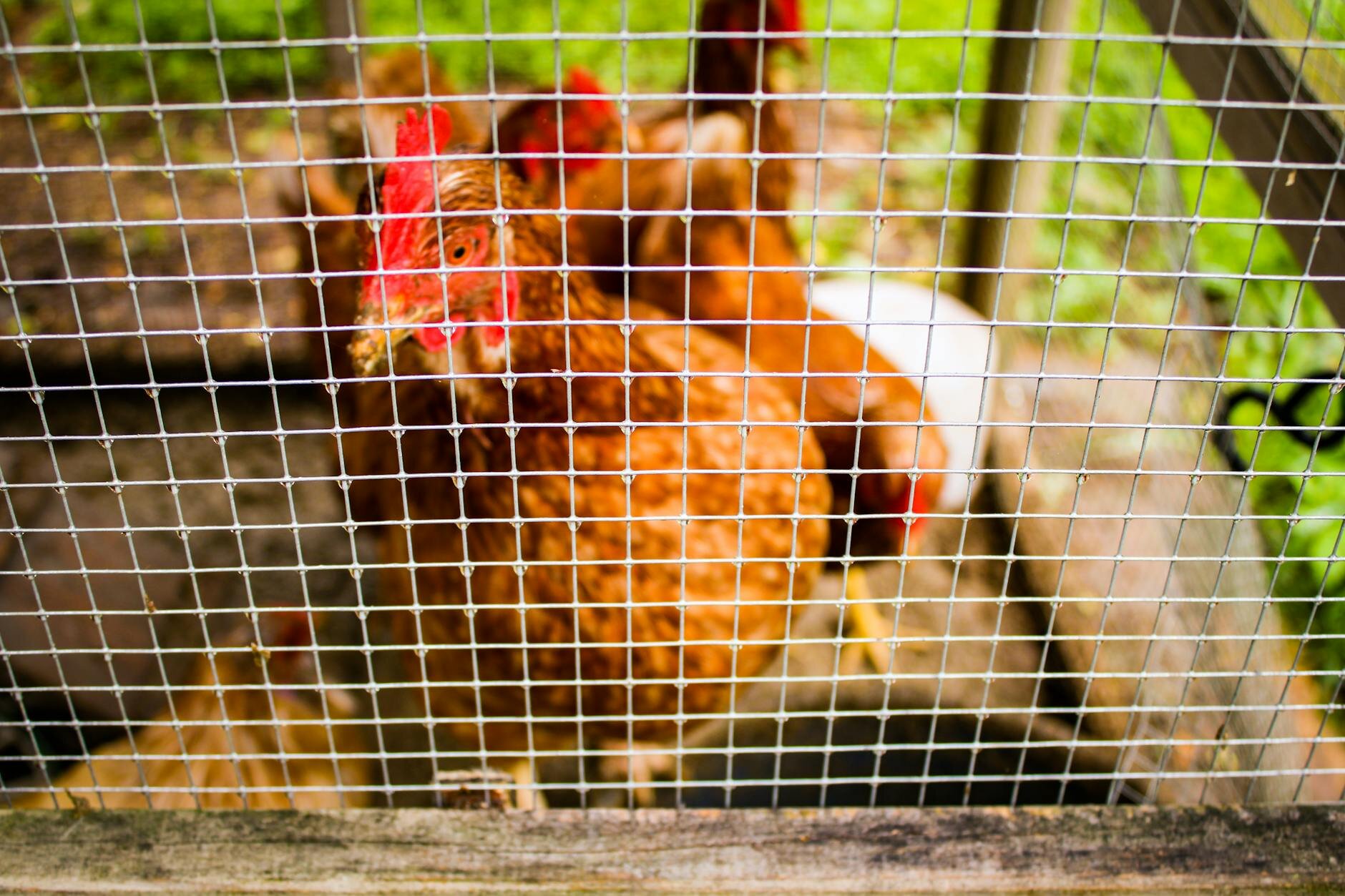
Chickens need enough backyard space to ensure that their enclosure can be rotated regularly to keep the grass healthy, and reduce the risk of parasites. Chickens kept in a fixed enclosure will soon destroy all the grass, and buildup of waste on the ground can encourage parasites like worms and fleas to start multiplying.
There are a couple of setups that work well to alleviate this problem.
Rotational enclosures
The main enclosure needs to be easily movable in a rotational setup and should be moved to a new patch every 48 hours, and not returned to the current patch for a week. If your yard is large enough, you can even move them daily!
Benefits of rotational enclosures
- Lawn care: Your chickens will help you maintain the lawn! Chickens help to aerate soil with their scratching, eat weeds, and fertilise the ground with their droppings. They also help to keep grass short. The golden rule to ensuring that they will help and not hurt the ground is regular rotation to make sure that they don't overgraze. As chickens can only eat the new, tender growth of grasses, mow your lawn prior to starting a rotational system.
- Reduced risk of parasite burdens: Any parasites that have gotten a foothold will not contact chickens for almost a week, reducing their ability to multiply. Recently grazed areas can also be treated with anti-parasiticals safely.
- Weed control: Rotation helps control weeds by stopping chickens from eating all the good grass in one spot, which would otherwise clear the way for unwanted weeds to grow.
- Protection: Chickens remain protected from predators throughout the day.
Setting up a rotational enclosure
The best tip for a rotational enclosure is to make it mobile! Here’s how to set up your coop for success:
Making your enclosure easy to move
- Put it on wheels: This is the easiest way to create a movable coop. Wheels can be installed on the bottom of both wooden hutches and wire aviary-style enclosures. Safety tip: Make sure the gap underneath the coop created by the wheels isn't big enough for a chicken to escape!
- Add handles: Installing handles will make pushing and pulling the enclosure much easier.
Essential features for your coop
- Shelter: The enclosure must protect your chickens from sun, wind, and rain. A tarpaulin or shade cloth can be easily tied on for cover.
- Roosting and nesting: Your chickens need a covered area with perches for roosting and nest boxes for laying. To prevent squabbles, a good rule of thumb is to have at least one perch and one nest box per chicken.
- Food and water: A drinker with fresh water should always be available. For feeding, you can either scatter food on the ground to encourage foraging or use a dedicated dish or feeder.
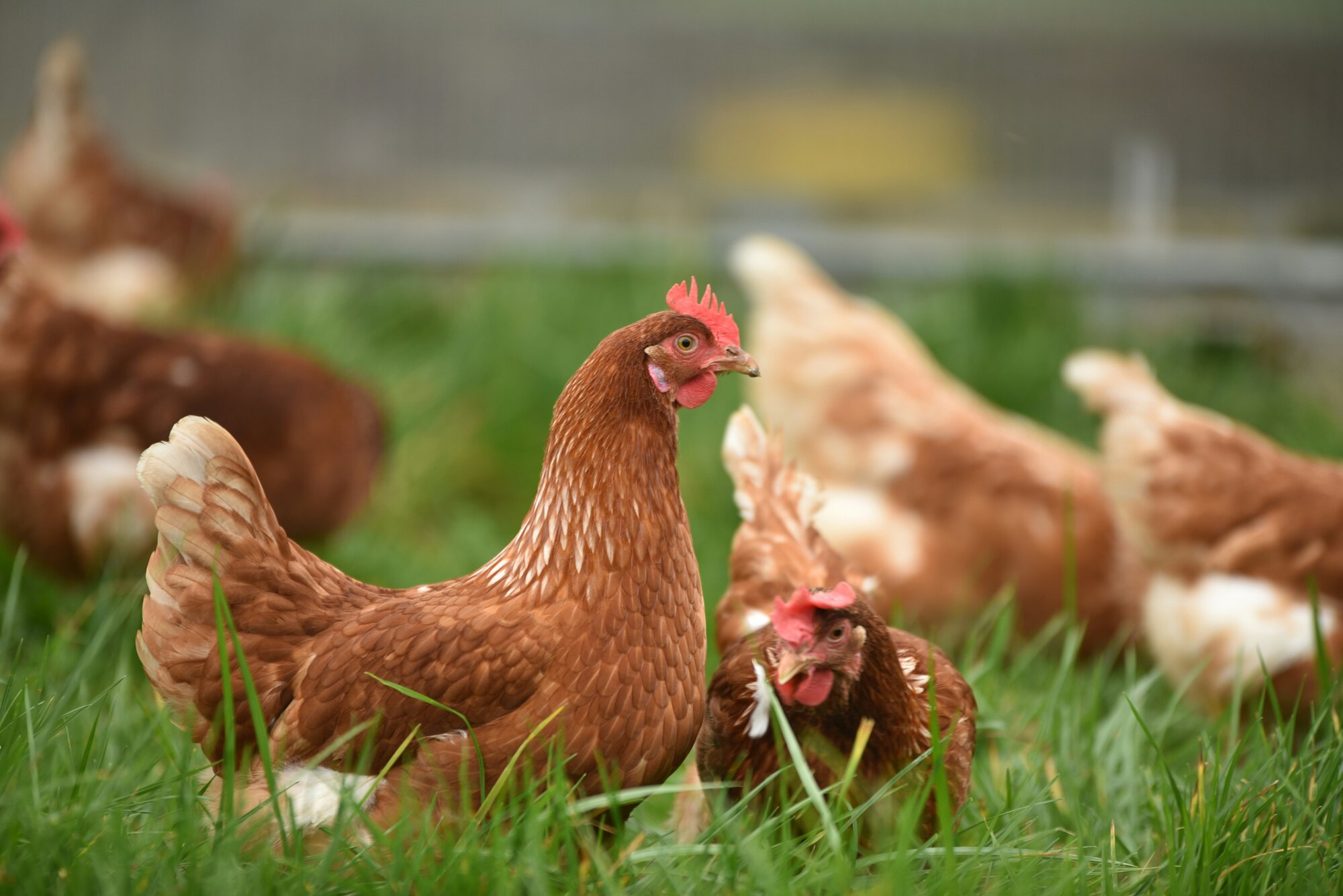
Free ranging your chickens
Letting your chickens free-range is a wonderful way to watch their natural behaviours as they explore the whole garden. While this setup is often easier to start with than a rotational enclosure, it still requires daily management to keep your flock safe and your garden in good shape.
Benefits of free-ranging
- Your chickens will be able to express a larger range of normal behaviour and enjoy a larger roaming space
- Boss chickens find it harder to bully others or stop others from accessing resources
- Quicker and easier to set up, with less adjustment needed with added chickens
Drawbacks of free-ranging
- Chickens are more exposed to predators and may escape
- Damage may still occur to grass if chickens choose to congregate in the same area, as well as parasite infestation
- Chickens may lay eggs in hidden spots, leading to potentially rotten eggs!
Setting up free-ranging
Here are the key things to provide for free-ranging chickens:
- A secure night coop: Free-rangers still need a predator-proof enclosure to be locked in safely overnight, as their poor night vision puts them at risk. This coop should house their roosting perches and nest boxes.
- Constant food and water: Food and water should be available in their enclosure 24/7.
- Predator protection: You may need to predator-proof your yard by installing things like rollers on top of fences to deter climbers.
- Grazing management: To prevent your chickens from destroying one part of the yard, encourage them to use different areas each day. You can do this by scattering food or using treat-filled puzzle toys in new locations. Check out our Chicken Enrichment ideas!
- Plenty of shade: Chickens will naturally seek out shade, but you must ensure it's always available. You can even use a bottomless tent or temporary cover to encourage them to spend time in certain parts of the garden.
For more information, read through our Backyard Chicken Guide, as well as our Guide to Feeding Chickens.
How and where to source chickens
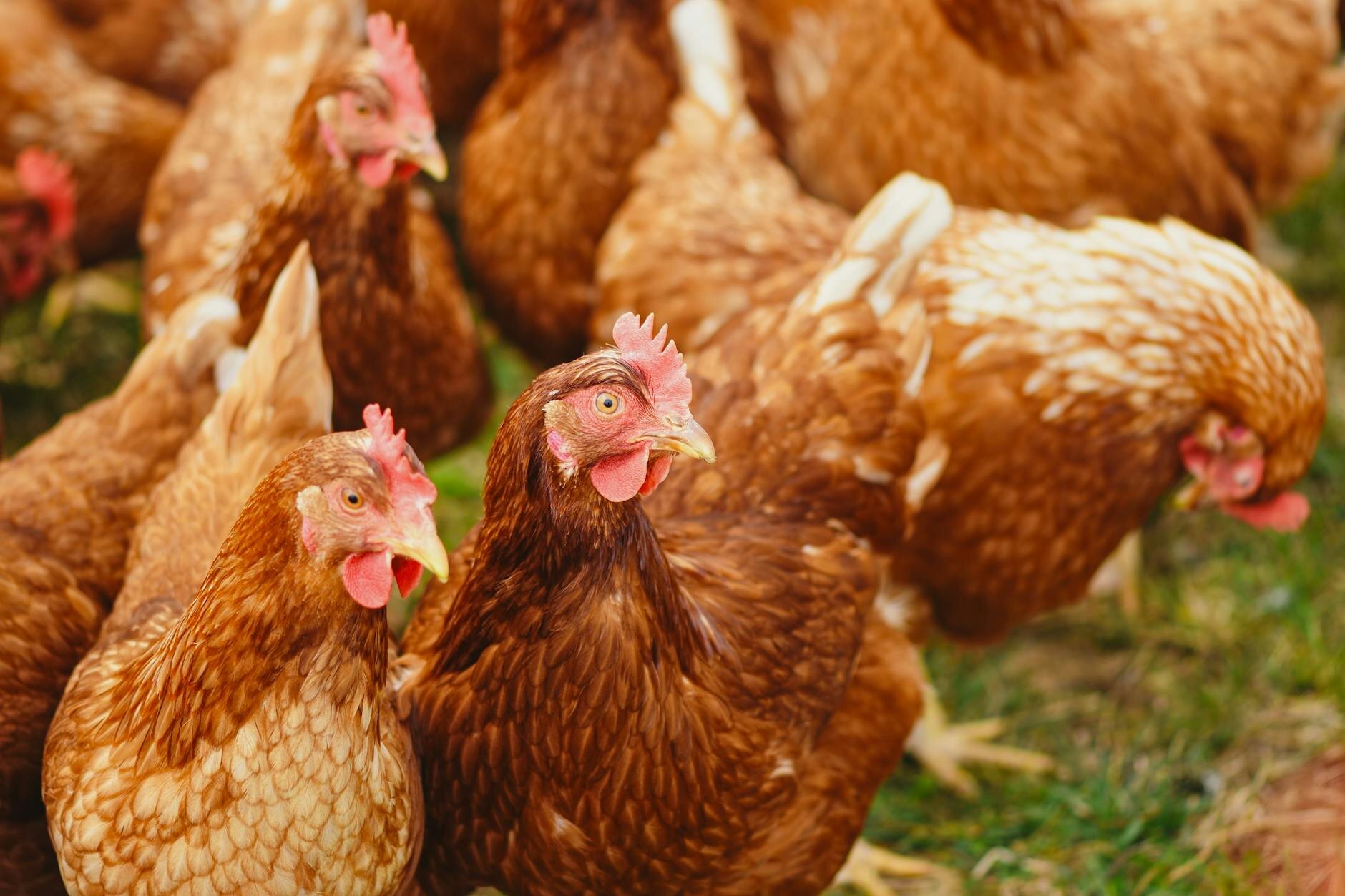
Sourcing your chickens from a reputable breeder or rescue group is one of the most important steps to starting a healthy flock. Chickens can carry contagious diseases, so a reliable source is your best defence.
For first-time owners, we recommend starting with pullets (young hens that are about to start laying) instead of hatching your own chicks. This is an easier starting point and helps ensure you don't accidentally end up with a rooster, which may not be allowed by your local council.
What to look for in a reputable supplier
When choosing a breeder or supplier, here are the key things to look for and ask about:
- Guaranteed hens: Ask if the pullets have been sexed to ensure you are getting females. Reputable sellers use methods like vent-sexing or sell sex-linked breeds where males and females are different colours.
- Vaccination history: Find out if the chickens have been vaccinated. Vaccinations often come in large batches, so smaller breeders may not do them. The most important one to ask about for backyard flocks is for Marek's disease.
- Good biosecurity: A responsible setup will have strict hygiene rules. This includes quarantining new birds for at least 14 days, requiring visitors to wash their hands, and limiting the handling of chickens.
- Expert knowledge: The breeder should be able to tell you all about their breeds, including their expected lifespan, common health issues, when they should start laying, and what parasite prevention they use.
- Safe medications: Confirm that any medications or treatments used are approved for egg-laying hens. This ensures that the eggs will be safe for you to eat.
Learn more in out Guide to Chicken Vaccinations and Common Health Conditions.
Suitable chicken breeds for a first-time owner
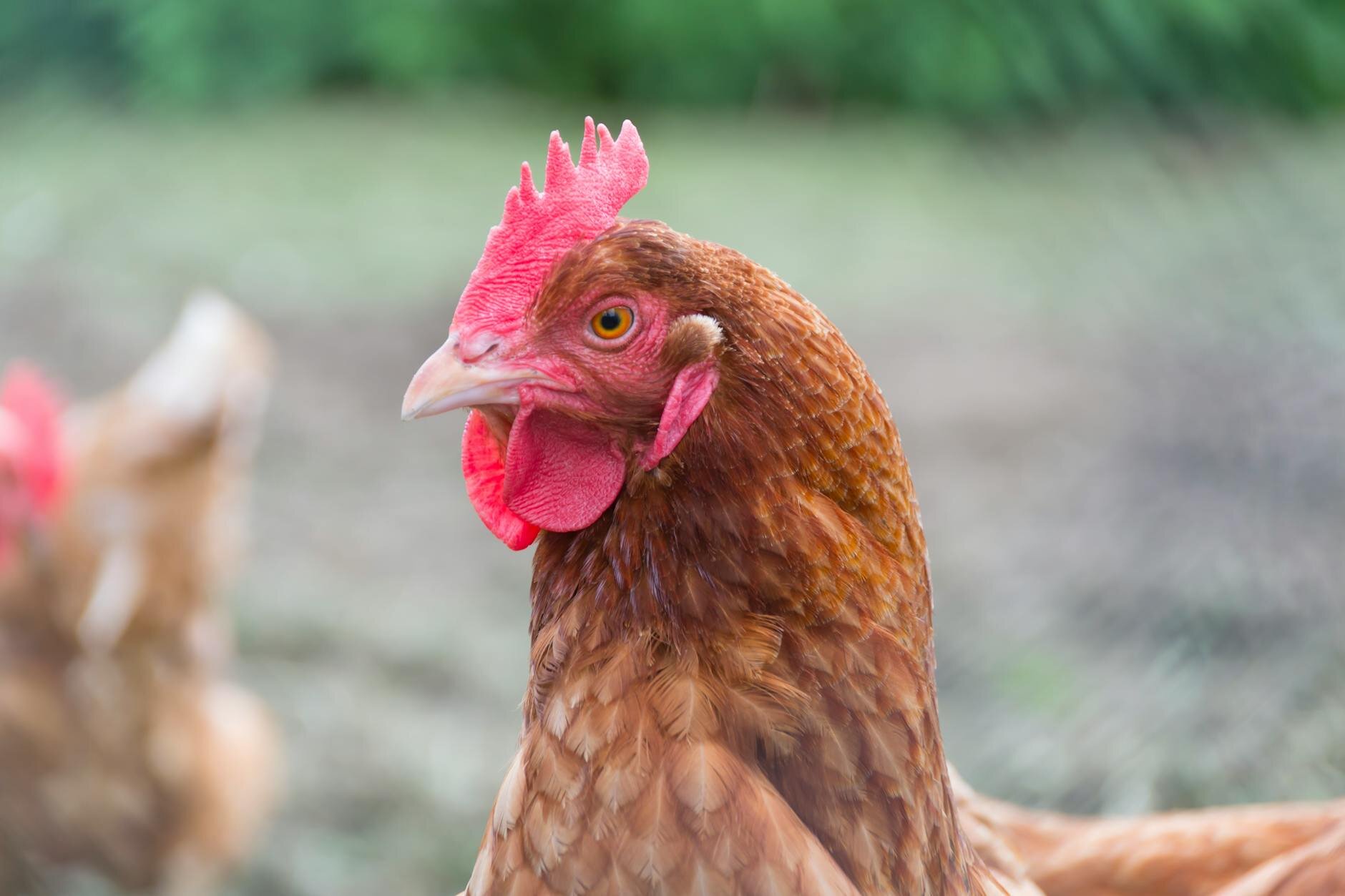
ISA Browns
A modern, hybrid breed specifically developed for high egg production.
- Personality: ISA Browns are known for being docile, sweet-natured, and friendly. Their calm temperament makes them an excellent pet for families with children.
- Laying ability: They are prolific egg-laying machines, producing up to 350 large, brown eggs per year. However, their production rate drops significantly after their first two years.
- Lifespan: Their high production rate takes a toll on their bodies, leading to a much shorter lifespan than other breeds. They can start to develop reproductive diseases around two years of age.
- Appearance: This is a medium-sized bird with a classic reddish-brown body and white feathers, particularly on the tail. Most ex-battery hens available for adoption are ISA Browns. Commercial farms usually retire these hens at 10-12 months of age when their laying rate naturally decreases.
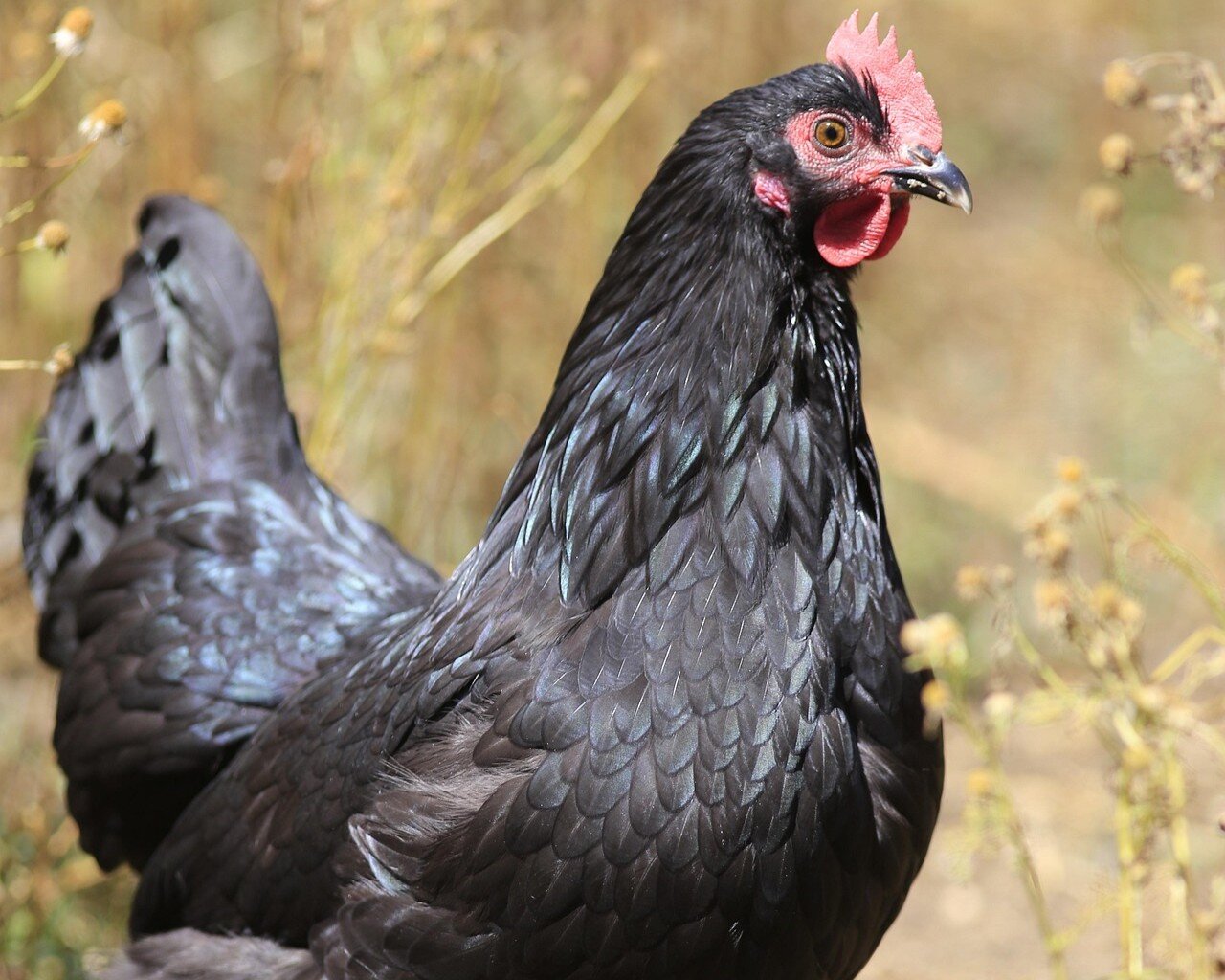
Australorps
A classic Australian breed, developed from British Black Orpingtons to be a hardy, dual-purpose bird.
- Personality: Australorps are famously calm, docile, and friendly. They are a gentle breed, making them another fantastic and reliable choice for a family flock.
- Laying ability: They are very good and consistent layers, producing around 250-300 light-brown eggs per year.
- Lifespan: This is a robust and healthy breed with a long lifespan, often living for 6-10 years with good care.
- Appearance: A large, heavy-set bird with soft feathers. The most common variety has glossy black plumage with a beautiful green and purple sheen, but they are also available in blue and white.
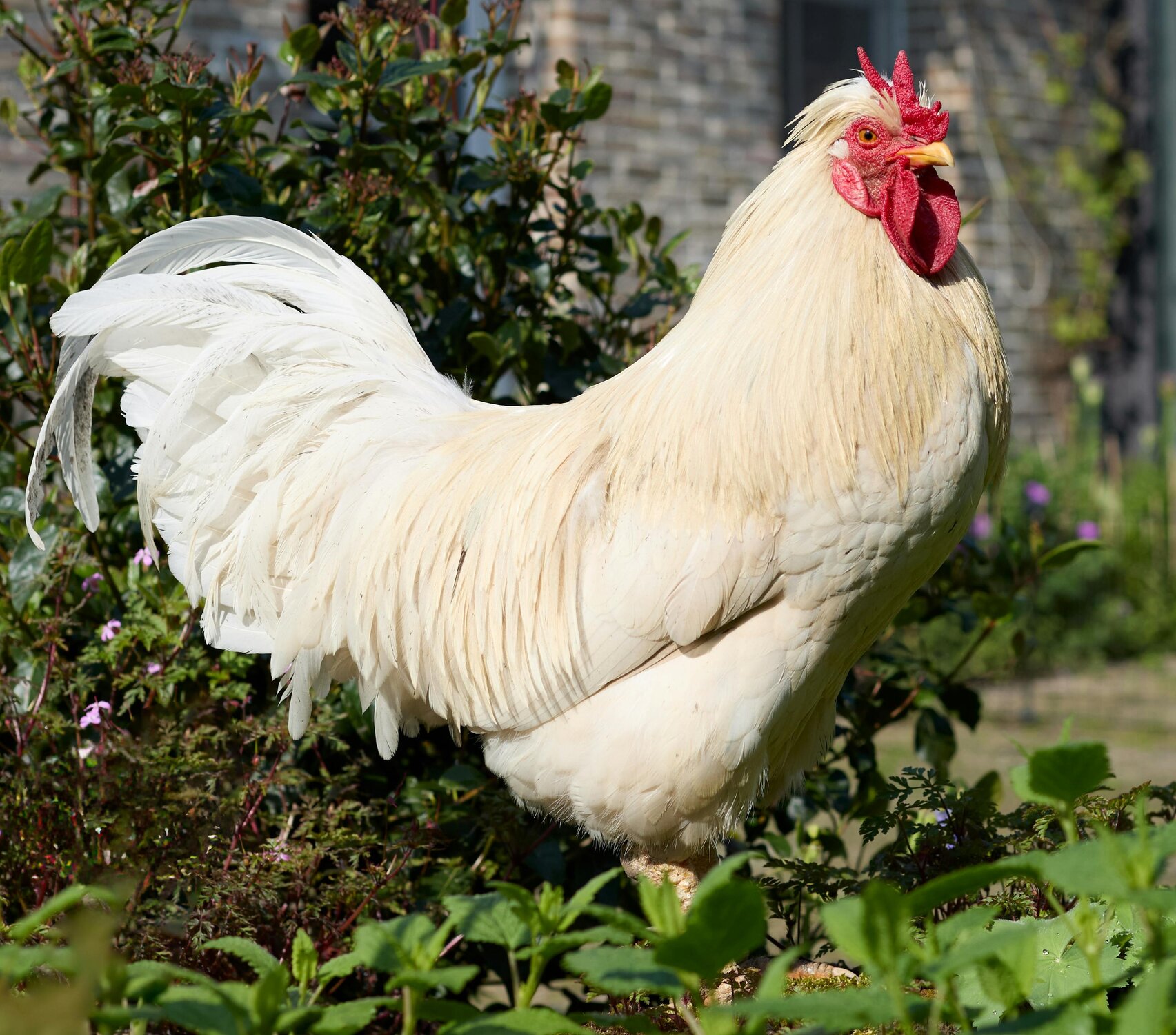
Leghorns
An active and spirited breed originating from Italy, famous for being one of the best egg-laying breeds in the world.
- Personality: Leghorns are very active, energetic foragers that love to explore. They can be flighty, nervous, and a bit noisy, and are generally not a cuddly or affectionate "lap chicken".
- Laying ability: They are prolific layers of large white eggs, producing around 280-320 per year. They rarely go broody and continue to lay well for several years.
- Lifespan: Leghorns are a healthy breed and can be expected to live for 4-6 years.
- Appearance: A sleek, slender, and sprightly bird. While the classic pure white Leghorn is the most recognisable, they come in a wide variety of different colours and patterns.
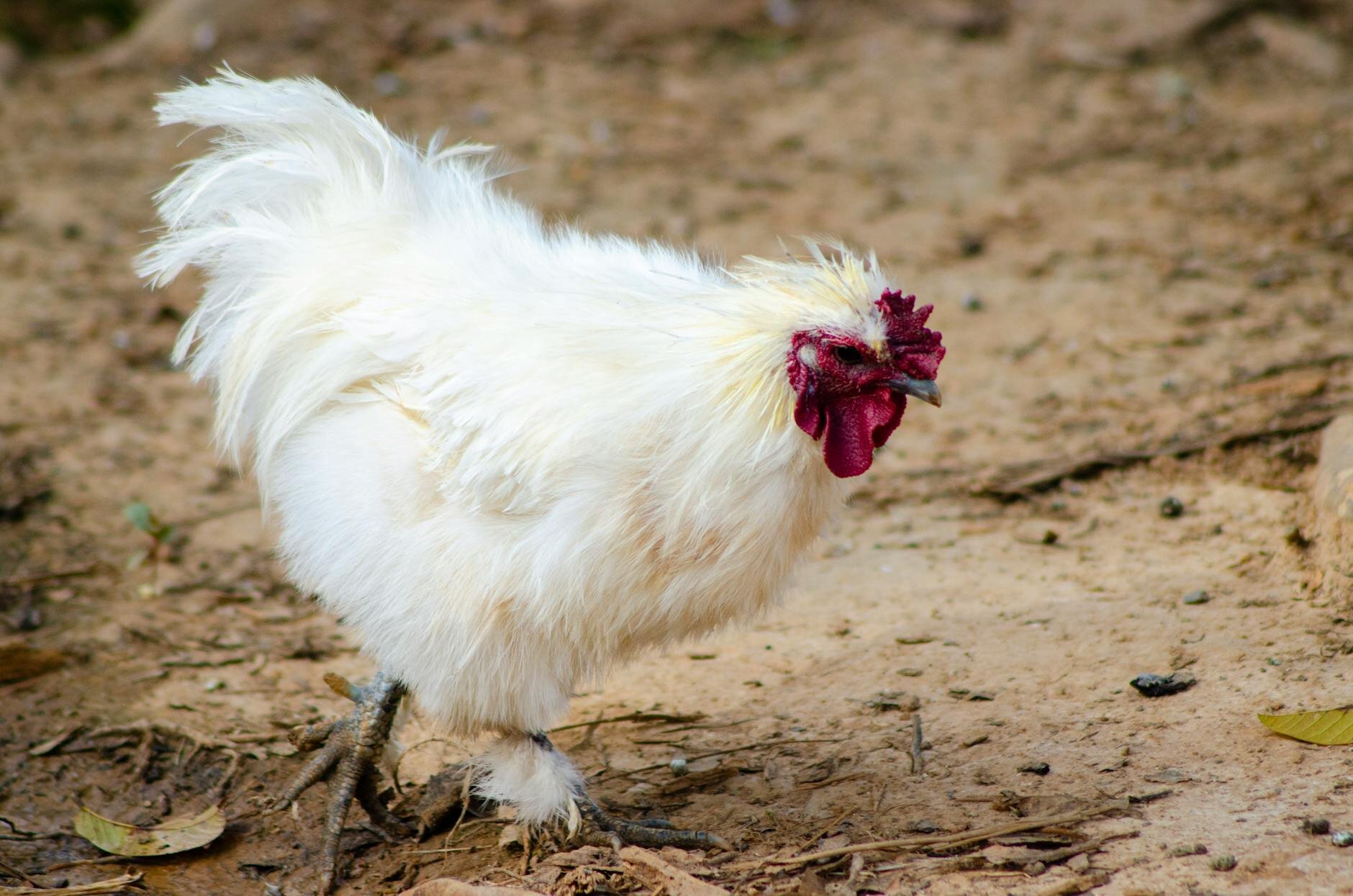
Silkies
An ancient ornamental breed known for their unique appearance and gentle nature.
- Personality: Silkies are exceptionally calm, friendly, and docile. Their sweet and trusting nature makes them a wonderful pet, especially for children. They are famous for going broody and make fantastic mothers.
- Laying ability: Primarily an ornamental breed, they are considered poor layers. They will still lay 3-4 eggs a week (around 150-200 eggs per year), and although they lay small eggs, their eggs are still delicious.
- Lifespan: With good care, a Silkie can live for 7-9 years.
- Appearance: Unmistakable, with fluffy plumage that looks and feels like silk or satin. They have several unique characteristics, including black skin and bones, bright turquoise earlobes, and five toes on each foot instead of the usual four.
For more information, read through our Guide to Chicken Breeds, and Chicken Behaviours Explained.
FAQs
Keeping chickens can be an incredibly rewarding experience, bringing both fresh eggs and endless entertainment. By starting with the right housing, sourcing your hens from a reputable supplier, and choosing a suitable breed, you'll be well on your way to enjoying a happy and healthy backyard flock.
Articles recommended for you
Our vet authored guide to the benefits of feeding your dog fresh food plus tips and advice for introducing it into their regular menu.
See our guide to protecting your pet from parasites from our vet team.
Thinking of getting a fish? Check out our guide for setting up a tank and home care tips!
Looking to understand horse feeds better? This comprehensive guide covers feeding recommendations for horses of all ages and disciplines.
Does your pet suffer from anxiety? Check out our Vet-guide for treatment options to help your pet.
History
Our experts continually monitor the health and wellness space and we update our articles when new information becomes available.
Wed 10 Sep 2025
Edited by Dr Gillian Hill BVSc (Hons)Dr Nicole Wynne BSc BVMS MANZCVS (Unusual Pets)
Veterinarian, MANZCVS (Unusual Pets)
Dr. Nicole graduated from Murdoch University in WA in 2014, and immediately started working in exotics-only practice. She was also one of the few vets in Australia that would routinely see venomous snakes ranging from death adders to tiger snakes. Although Dr. Nicole enjoys seeing all exotic pets, her absolute favourite are rabbits. She passed her Australian and New Zealand College of Veterinary Scientists Membership (MANZCVS) exam in unusual and exotic pets in 2021.

